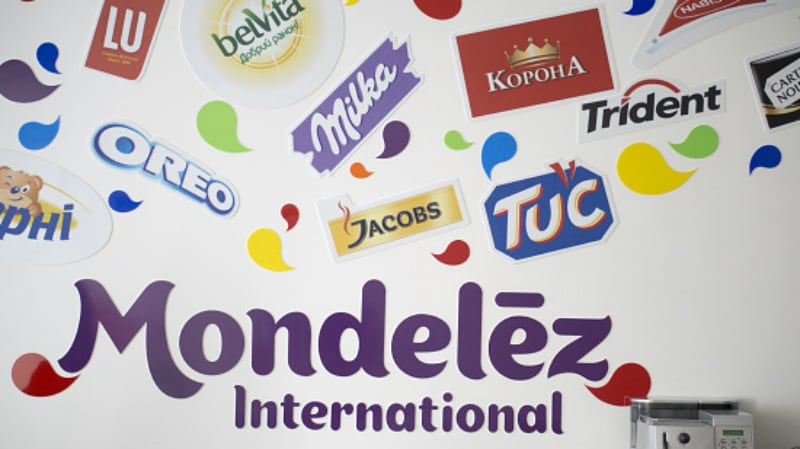Hot drinks down under: Australia’s coffee culture booms, but tea could do with a lift
A little more than half of Australians drink at least one cup of coffee a week, just under half drink tea and a round eighth drink hot chocolate, according to new data.
The number of coffee and tea drinkers shoots up sharply among Baby Boomers, who were born before 1960, with almost 70% choosing coffee and around 10% fewer opting for tea at least once a week.
A different picture is emerging, however, among younger Australians. Less than a third of Generation Zers, who were born 1991-2005, drink either hot tea or hot coffee.
Top of the pops: Gourmet popcorn trend taking off in the Middle East
Gourmet popcorn is gaining popularity in the Middle East, with the product set to become more than a treat at the movies and instead fully-fledged mainstream trend.
“Traditionally, we eat popcorn when we are watching a movie, whether it’s at the cinema, at home, or on a plane. Over the years, we see a broadening of this to include other snacking occasions, instead of eating crisps or chocolate, people opt for popcorn,” Adam Sopher from Joe & Seph’s told FoodNavigator-Asia.
According to a report from London-based researcher Techavio, the global ready-to-eat popcorn market is set to grow at a compound annual growth rate of about 13% between 2018 to 2023 and may reach sales exceeding US$12 billion by 2020.
Why Thailand, Indonesia and India are three markets to watch for rapid online grocery growth
Thailand, Indonesia and India will experience rapid growth in the online grocery sector, although they are coming from such a low base that it will only account for market shares of 2.8%, 1.5%, and 1.2% respectively by 2023.
According to the latest forecasts by IGD Asia, online grocery sales are forecast to reach US$1.7 billion (Thailand) and US$2.9 billion (Indonesia) in the next four years. India’s online grocery sales are predicted to reach US$10.5 billion by 2023.
“Ecommerce is forecast to grow significantly in Indonesia as companies such as Alibaba and JD.com invest further. Thailand is also forecast to see a rapid growth in online grocery sales as key players such as Central Group, JD.com, Tesco Lotus and Villa Market build better infrastructure and more seamless apps for shoppers,” said Shirley Zhu, programme director at IGD Asia.
Plant-based progress: Major investments into China significantly boosts industry growth
A new report has revealed that the number of notable investments into China’s plant-based sector rose significantly over the past year, whether in the areas of plant-based snacks, plant-based beverages or tech-enhanced alternatives.
“In 2018 alone, the number of notable investments was equivalent to the sum of all notable deals that had taken place in the past nine years (from 2009 to 2017),” according to the Good Food Institute’s China Plant-based Meat Industry Report 2018.
Plant-based snack companies were amongst the biggest beneficiaries of these investments, which is unsurprising given that China’s snack category as a whole is predicted to grow at some 20% a year, to reach US$444 bn in market value by 2020.
“The market today is largely fragmented, creating an opening for new brands that satisfy a combined consumer craving for health, convenience, and innovations in ingredients and product formats,” said the report authors.
‘Different expectations’: Megadairy highlights higher flexibility and adventurousness in China’s dairy consumption
New Zealand-based dairy company Megadairy has highlighted several major differences between dairy consumption patterns in their two major markets, China and Oceania.
This was based on the company’s market analysis stretching back through some 20 years of its history in dealing in both markets.
“Due to the regulatory differences in both regions, it is inevitable that the formulations of products we manufacture for both sides are very different – China is definitely stricter in terms of its dairy regulations,” Megadairy Director Easter Wu told FoodNavigator-Asia.
Speaking to us at the recent Fi Asia-China show in Shanghai, Wu also emphasised that the consumer trends in both regions are very different currently.





